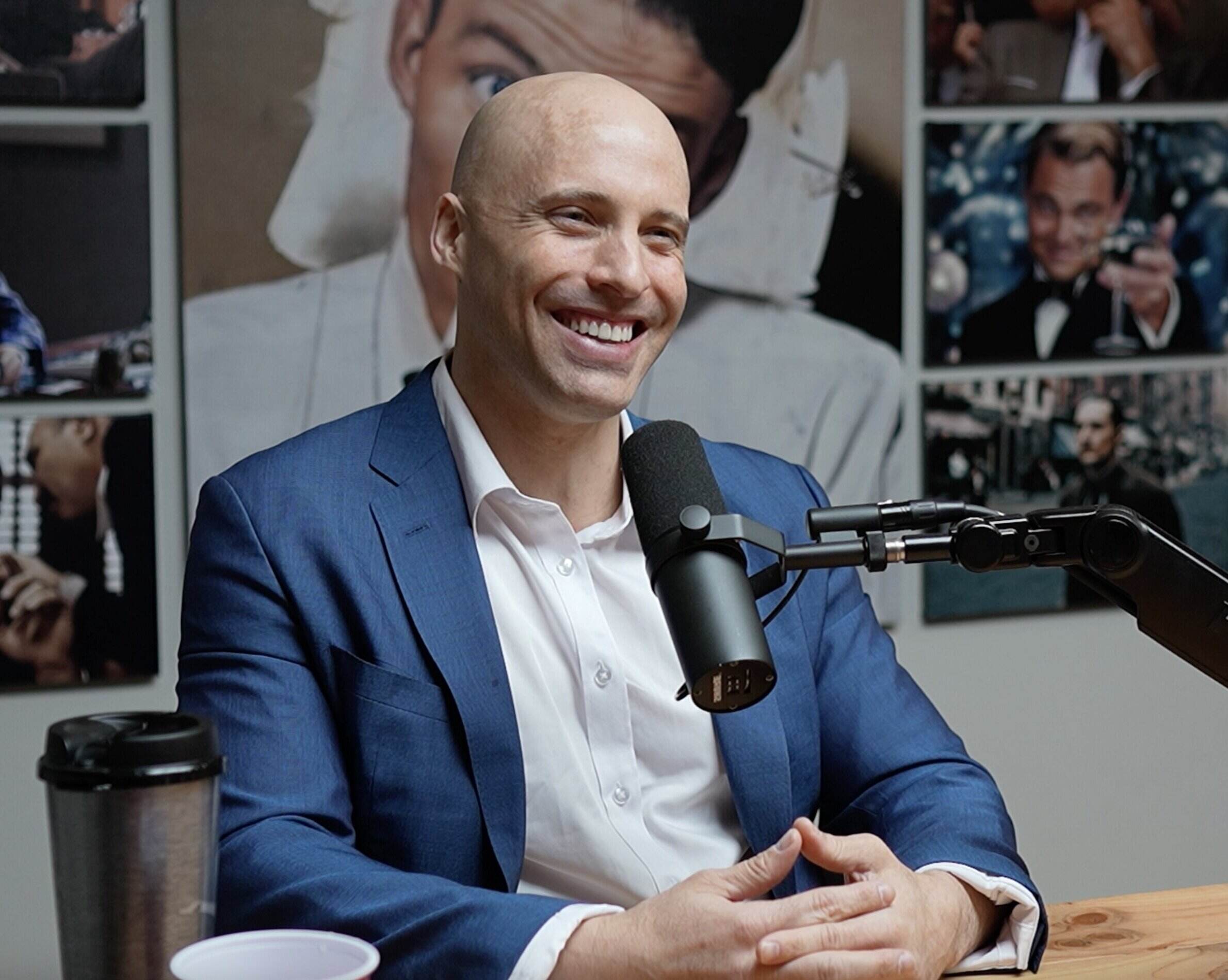
Communication barriers can make understanding each other tough. Ever tried talking to someone but felt like you were speaking different languages? That's a communication barrier! These obstacles can pop up in many forms, like language differences, cultural misunderstandings, or even just bad timing. Effective communication is key to building strong relationships, whether at home, school, or work. But what happens when these barriers get in the way? Knowing about them helps us break them down. In this post, we'll explore 39 facts about communication barriers that will help you understand and tackle them better. Ready to learn how to make your conversations smoother and more meaningful? Let's dive in!
Key Takeaways:
- Communication barriers, like language differences and emotional obstacles, can hinder understanding. Overcoming these barriers with active listening, empathy, and clear messages can improve communication in personal and professional settings.
- Understanding and respecting cultural differences, using technology effectively, and creating an open environment can help break down communication barriers. Regular training and conflict resolution are also key in improving communication.
What Are Communication Barriers?
Communication barriers are obstacles that hinder the exchange of ideas, thoughts, and information. These barriers can arise from various sources, including language differences, cultural misunderstandings, and physical obstacles. Understanding these barriers can help improve communication in personal and professional settings.
-
Language Differences: When people speak different languages, it can be challenging to understand each other. Misinterpretations and confusion often occur.
-
Cultural Differences: Different cultures have unique ways of communicating. Gestures, body language, and even silence can mean different things in different cultures.
-
Physical Barriers: Physical distance and environmental noise can disrupt communication. For example, trying to talk in a noisy room can make it hard to hear and understand.
-
Emotional Barriers: Emotions like anger, sadness, or anxiety can cloud judgment and hinder effective communication.
Psychological Barriers
Psychological barriers stem from the mind and can significantly impact how messages are sent and received. These barriers often involve personal biases, perceptions, and mental health issues.
-
Prejudices: Preconceived notions about a person or group can prevent open and honest communication.
-
Stress: High levels of stress can make it difficult to focus and communicate clearly.
-
Lack of Confidence: Feeling unsure about oneself can lead to hesitation and unclear communication.
-
Selective Perception: People often hear what they want to hear, filtering out information that doesn't align with their beliefs.
Technological Barriers
In today's digital age, technology plays a significant role in communication. However, it also introduces new barriers that can complicate interactions.
-
Technical Issues: Problems like poor internet connection or malfunctioning devices can disrupt communication.
-
Over-Reliance on Technology: Depending too much on digital communication can lead to misunderstandings and a lack of personal touch.
-
Digital Literacy: Not everyone is equally skilled in using technology, which can create gaps in communication.
-
Information Overload: The constant flow of information can be overwhelming, making it hard to focus on important messages.
Organizational Barriers
In workplaces, organizational barriers can impede effective communication. These barriers often arise from hierarchical structures, policies, and procedures.
-
Hierarchical Barriers: Communication can be stifled in rigid hierarchical structures where lower-level employees feel intimidated to speak up.
-
Lack of Transparency: When organizations are not open about their processes and decisions, it can lead to mistrust and poor communication.
-
Inadequate Communication Channels: Not having the right tools or platforms for communication can hinder the flow of information.
-
Workplace Culture: A toxic or overly competitive work environment can discourage open and honest communication.
Interpersonal Barriers
Interpersonal barriers occur between individuals and can be influenced by personal relationships, social skills, and individual personalities.
-
Poor Listening Skills: Not actively listening can lead to misunderstandings and missed information.
-
Assumptions: Making assumptions about what others are thinking or feeling can lead to incorrect conclusions.
-
Lack of Feedback: Without feedback, it's hard to know if the message was understood correctly.
-
Personal Conflicts: Disagreements and conflicts between individuals can create barriers to effective communication.
Semantic Barriers
Semantic barriers arise from the meanings of words and phrases. These barriers can lead to confusion and misinterpretation.
-
Jargon: Using specialized language or jargon can exclude those who are not familiar with the terms.
-
Ambiguity: Words or phrases that have multiple meanings can lead to confusion.
-
Language Nuances: Subtle differences in language use can cause misunderstandings.
-
Translation Errors: Translating messages from one language to another can result in loss of meaning or context.
Physical and Environmental Barriers
Physical and environmental factors can also impede communication. These barriers are often related to the setting in which communication takes place.
-
Noise: Background noise can make it difficult to hear and understand messages.
-
Distance: Physical distance between communicators can hinder effective interaction.
-
Poor Lighting: Inadequate lighting can affect non-verbal communication cues.
-
Distractions: External distractions can divert attention away from the communication process.
Overcoming Communication Barriers
Understanding how to overcome communication barriers is crucial for effective interaction. Here are some strategies to help break down these obstacles.
-
Active Listening: Paying full attention to the speaker and providing feedback can improve understanding.
-
Clear and Concise Messages: Keeping messages simple and to the point can reduce misunderstandings.
-
Empathy: Understanding and sharing the feelings of others can enhance communication.
-
Feedback: Providing and seeking feedback ensures that messages are understood correctly.
-
Cultural Awareness: Being aware of and respecting cultural differences can improve communication.
-
Use of Technology: Leveraging the right technology can facilitate better communication.
-
Training and Development: Regular training can improve communication skills.
-
Open Environment: Creating an open and inclusive environment encourages better communication.
-
Adaptability: Being flexible and adaptable in communication styles can help overcome barriers.
-
Conflict Resolution: Addressing and resolving conflicts promptly can prevent communication breakdowns.
-
Regular Check-ins: Regularly checking in with team members or peers can ensure that communication remains effective.
Breaking Down Communication Barriers
Understanding communication barriers is crucial for effective interaction. These obstacles, whether language differences, cultural misunderstandings, or technological issues, can hinder clear communication. Recognizing these barriers helps in finding ways to overcome them. For instance, using simple language, active listening, and visual aids can bridge gaps. Additionally, being aware of non-verbal cues and cultural sensitivities enhances mutual understanding.
By addressing these barriers, we can foster better relationships, both personally and professionally. Effective communication leads to fewer misunderstandings, stronger connections, and more productive collaborations. So, next time you face a communication challenge, remember these strategies. They might just be the key to unlocking smoother, more meaningful interactions.
Frequently Asked Questions
Was this page helpful?
Our commitment to delivering trustworthy and engaging content is at the heart of what we do. Each fact on our site is contributed by real users like you, bringing a wealth of diverse insights and information. To ensure the highest standards of accuracy and reliability, our dedicated editors meticulously review each submission. This process guarantees that the facts we share are not only fascinating but also credible. Trust in our commitment to quality and authenticity as you explore and learn with us.


